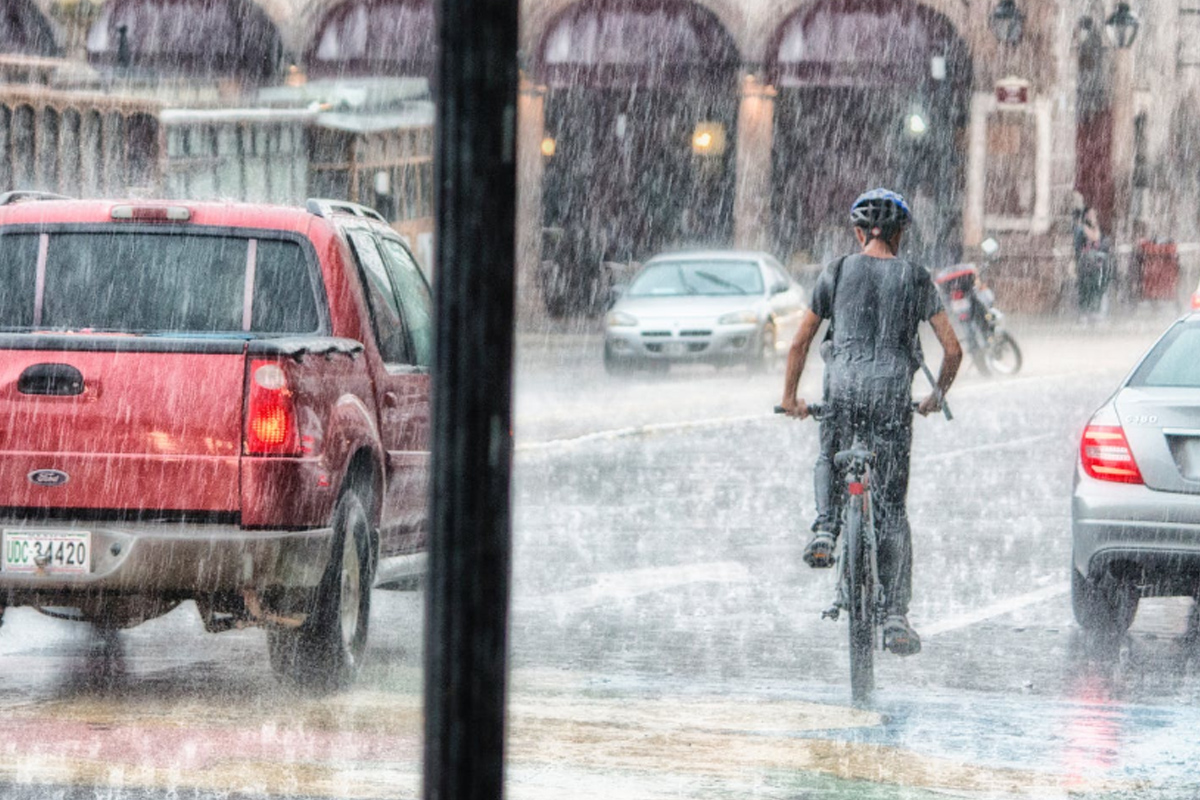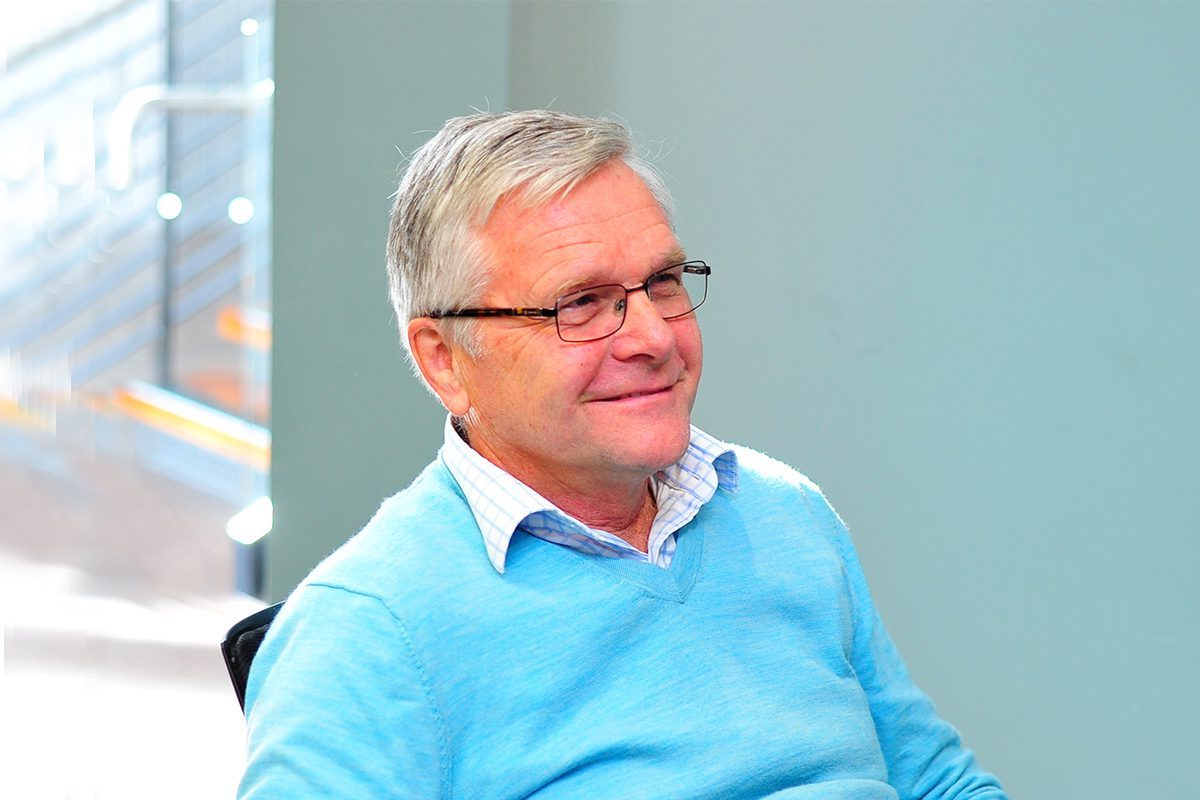The world is full of congested cities and Auckland is one of them. Public transport is a main issue and cycling on dedicated cycle paths is suggested as a solution by many including interest groups, city councils and governments.
Moving into the age of electric bikes and scooters you’d think large cycle path acceptance by commuters is a no brainer. But as reported widely, getting people on cycle paths and in line with business case predictions isn’t achievable. There are many challenges here, but the main ones are safety, accessibility and most of all susceptibility to bad weather.
This is where our SkyCycle project comes in. It aims to explore if creating weather shielded, dedicated cycle paths are a competitive option to building expensive roads such as a second Auckland Harbour crossing.
The Skycycle concept in a nutshell.
Firstly, this isn’t a new idea. London’s proposed Skycyle project by architect Norman Foster was one inspiration for this proposal. But by far the driver was the proposed Auckland Harbour Skypath receiving Government support via Transport Minister Phil Twyford.
In fact, with the emergence of electric bikes and a growing population looking for more sustainable and healthier ways of living, the chance for high usage SkyCycle concepts being realised has never been better. Danish research shows a one-way two-lane cycle track has the capacity of 3000 bikes per hour – indicating the potential to take 3000 cars off the road. By comparison the eight lane Auckland harbour bridge has a peak hourly capacity of 12,000 cars or 1,500 per lane, indicating that a two lane cycle way could replace two motor way lanes if used at capacity!
So, why aren’t these ideas more widely implemented and used? The two main issues raised by experts are projected usage versus cost and visual impact. It’s also very likely that cycle way commuting concepts can only compete with options like cars, buses and trains if it can be used reliably regardless of weather.
Road space availability is also at a premium and costly real estate. Moving into the third dimension “Sky” is the most obvious option.
With so many challenges, why bother?
Last year our Industry Development panel project Advisory Board assessed this Skycycle proposal. Progressing it through to our Executive Board who then approved a small exploratory project co-funded by the HERA Foundation to scope out the concept.
This is because this opportunity could be huge for industry. It’s estimated that for a fully enclosed mass-produced modular path with a one kilometre four-lane Skycycle, it could equate to a $15 million, 15-30k tonne development. Applied to the Takapuna – Northcote Birkenhead – Skypath – Auckland CBD transport line, we’d be looking at around 10 km of steel work at $150 million. This doesn’t even include the prospect for elevators, additional services, and export potential!
As a result, we believe many business opportunities for steel-based systems and construction could emerge. It’ll also position our industry strongly as a socially responsible think tank and solution provider as well.
With this in mind we’re carrying out exploratory research including a technical feasibility and first market acceptance study. We’ll also aim to find development partners and sponsorship to engage in the more serious planning phase.
Basic concepts to achieve cost effectiveness would be to build modular, large span, light weight, prefabricated and at a large scale. Using existing public land and areas above current transport routes such as lamp post corridors and road centre barrier space identifies a build zone that avoids major resource consent issues and space constraints. Innovation will be required to utilise restricted space such as clip in elevator access and bike storage solutions.
Key topic’s we’ll explore include:
- Can architecturally appealing solutions with minimal impact be found? This could look at integrating road dividers with potential quiet zones, adding elevated platforms for bike parking or social spaces, or installing vertical gardens and innovative street lighting. This could also include exploring new material combinations and design concepts.
- Can the extensive investment in the cycle infrastructure be justified? Consenting stumbling blocks and the large development costs will require a lean start up approach. Here, community will literally have to ‘come along for the ride’ to develop and realise the vision of the Skycycle.
An opportunity ripe for the picking?
The approval and realisation of several AT cycle path projects such as SeaPath, or the successful delivery of the Nelson Street LightPath and Grafton Gully cycle way, delivered by our members demonstrates steels potential in elevated cycle paths.
Now, the question that has to be asked is – can a network of covered cycle way options in the draw area of the proposed Harbour Bridge SkyPath significantly delay the need to build a second Auckland Harbour crossing?
If the answer is yes, investment in developing and realising this concept is easily justifiable.
That’s why, our SkyCycle Project Manager Wolfgang Scholz is seeking early feedback from interested parties or those against the idea – so a realistic first assessment can be made.
Provided outcomes from this are positive we’ll then hold an open workshop to explore the idea further. So why not come along for a ride in the Sky?
For more details contact Wolfgang Scholz on +64 21 945 159 or by email at wolfgang.scholz@hera.org.nz.

